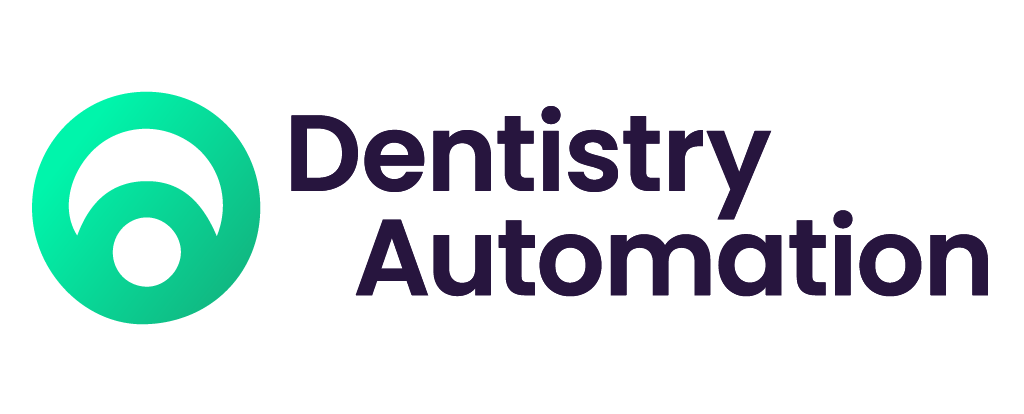Introduction
In multi-location dental organizations, a tight RCM process is the difference between thriving and just surviving. But even high-growth DSOs fall into workflow traps—some small, some costly—that chip away at collections, delay payments, and frustrate billing teams.
The good news? Most of these RCM mistakes are fixable. The better news? With the right systems in place, they’re avoidable altogether.
Let’s break down the most common RCM workflow mistakes we see across dental groups—and how to course-correct fast.
1. Relying on Manual Insurance Verification
The issue: Verifying eligibility and benefits manually (by phone or payer portals) slows down intake, increases errors, and leaves room for missed coverage details.
Why it matters: If a patient isn’t eligible—or their plan doesn’t cover certain procedures—you risk claim denials or patient dissatisfaction.
How to fix it:
- Use automated insurance eligibility verification system that pull payer data in real-time
- Integrate verification into your PMS or scheduling flow
- Recheck eligibility 24–48 hours before the appointment for updated info
2. Posting Payments Too Late
The issue: Delayed EOB posting creates a snowball effect—AR builds up, analytics go out of sync, and teams scramble to reconcile months-old claims.
Why it matters: Real-time financial insight is critical for decision-making, especially in DSOs with 10+ locations.
How to fix it:
- Automate payment posting using clearinghouse data (ERA/835 files)
- Set up same-day or batch posting processes that eliminate the backlog
- Standardize adjustment and write-off mapping to avoid inconsistencies across locations.
3. No Standardized Denial Management Workflow
The issue: Denials are handled ad hoc—different team members use different codes, notes, or follow-up timelines.
Why it matters: Without a consistent system, denials get missed or improperly reworked, leading to preventable write-offs.
How to fix it:
- Create a centralized denial reason matrix
- Set response timelines (e.g., 3 days for resubmission, 5 for appeals)
- Automate denial routing based on type or payer
4. Fragmented Data Across Systems
The issue: PMS data lives in silos—billing reports in one place, claims in another, patient balances elsewhere. Teams waste time hunting down information.
Why it matters: Decisions made without unified data lead to inefficiencies, missed revenue, and poor forecasting.
How to fix it:
- Use a data warehouse to centralize PMS, claims, and financial data
- Leverage Dental API to extract and normalize data across systems
- Build dashboards that reflect real-time performance by location or provider
5. Lack of Accountability Across Locations
The issue: With multiple offices, it’s hard to track who’s responsible for follow-ups, posting delays, or missed verifications.
Why it matters: Without ownership, problems repeat—and revenue losses compound.
How to fix it:
- Assign clear roles for each part of the RCM workflow
- Use task management or case tracking for escalations
- Set location-level KPIs (e.g., first-pass resolution rate, AR >90 days)
Bonus: Ignoring Patient Billing Experience
The issue: Confusing statements, poor follow-up, or lack of digital payment options can lead to unpaid balances.
Why it matters: Patient revenue often accounts for 20–30% of collections—ignoring it is leaving money on the table.
How to fix it:
- Offer online payment options
- Automate statement delivery (email + SMS)
- Simplify billing language and provide transparent cost breakdowns
Final Thoughts
An optimized RCM workflow doesn’t just collect more—it builds trust, transparency, and scalability across your DSO. By avoiding these common mistakes and investing in smart automation, you free up your team to focus on what matters: growth.
Want to see what a future-proof RCM process looks like?
Book a demo with Dentistry Automation and let’s redesign your revenue cycle process from the ground up.

